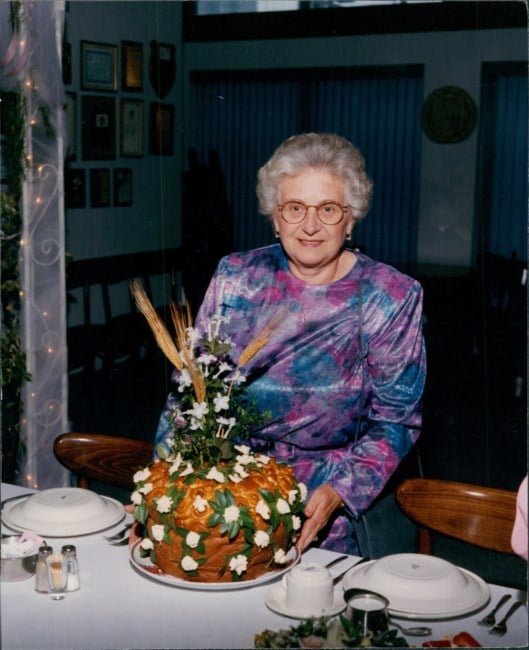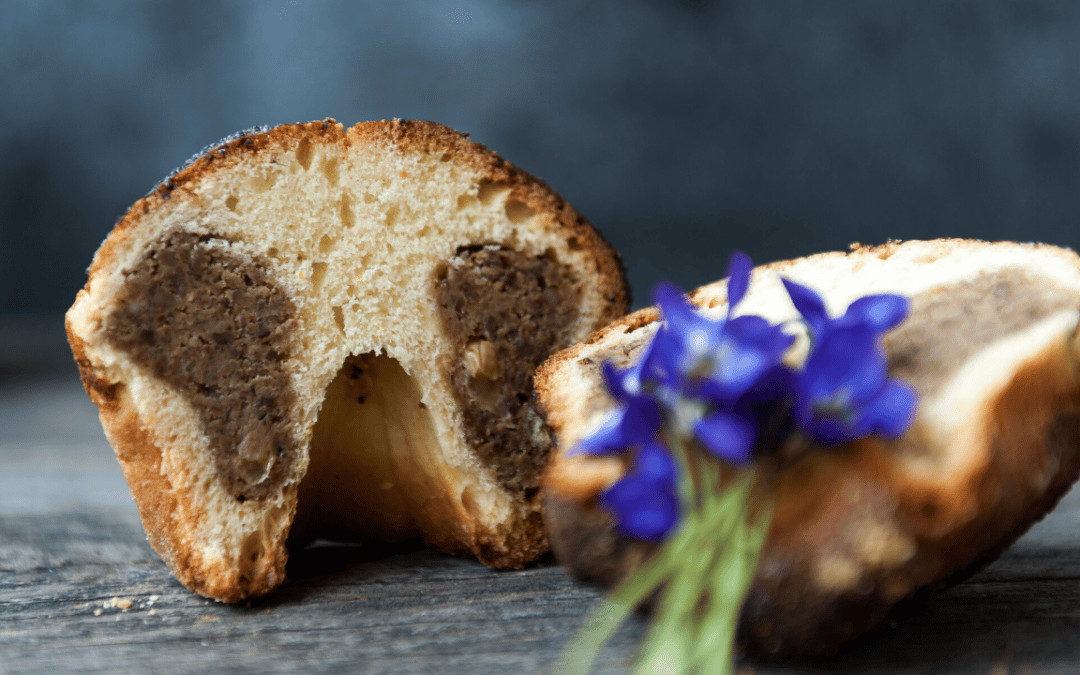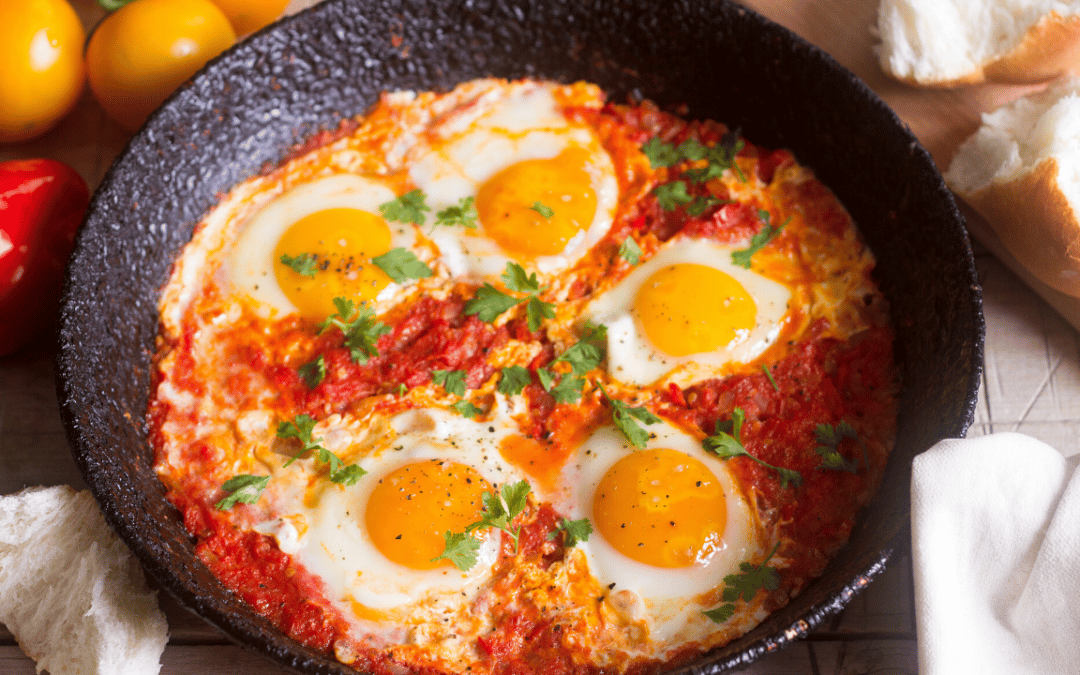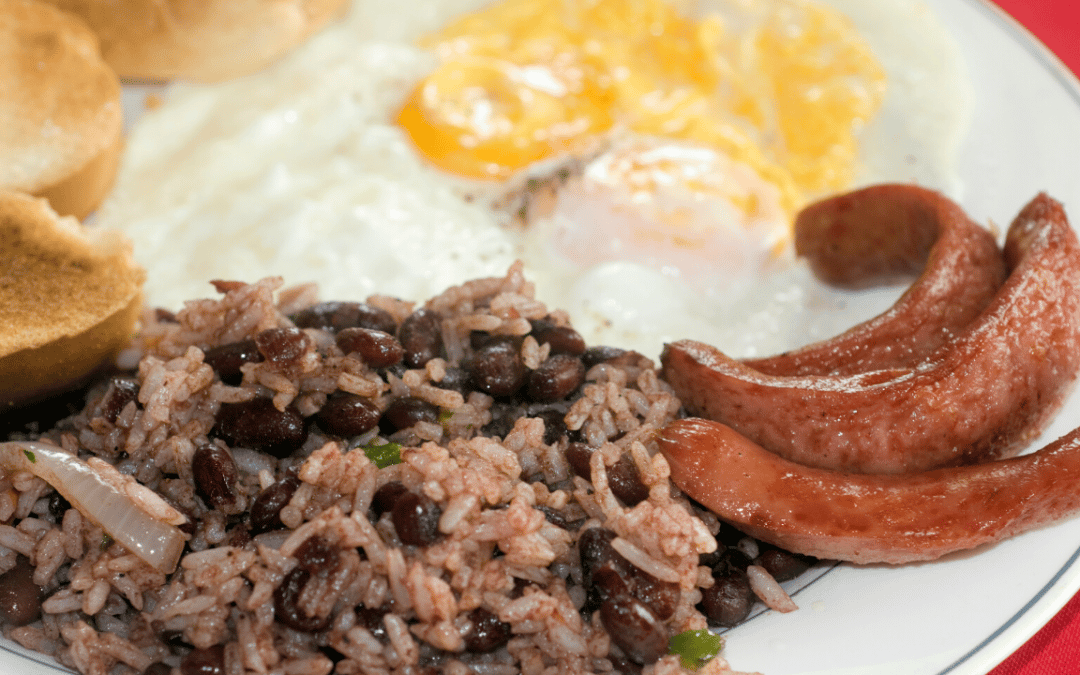
Maria’s Ukrainian Shish Kabob
Maria Klimchak, Executive Curator , Ukrainian National Museum
Taste from Home is a collection of recipes and stories can be used as a way to connect with others and facilitate conversations about race, culture, and identity over a new recipe. Make a cultural dish and sit down with family and friends and have a discussion of the culture it represents.
Please consider making a tax-deductible donation today, if you are able. If you are unable to donate, you can still participate by sharing a recipe by using hashtags #tastefromhome, #tastefromhomerecipe, & #chicagocultural on Facebook, Twitter, or Instagram.
A celebration of Ukrainian food and inspiration from my aunt.
This story is about my aunt Anna (Hania) Lytwyn who was born in 1924 in Ukraine. In 1942 the Nazis took her to work in forced labor camps in Germany. In 1948 she emigrated from Germany to Canada…My multi-talented aunt and baba Hania was an amazing person. I remember her from my childhood through many letters, which we received from Canada, while we still lived in Ukraine. When we moved to USA, she embraced us all like we were her own children.
She was a lifelong member of the Ukrainian Womens’ Organization serving 10 years as president, and was a cornerstone member of the Ukrainian National Federation, as well as a founding member of the Seniors Club. She was well known for her catering skills in preparing traditional Ukrainian cuisine and taught specialty bread making (korovai) at Mohawk College even appearing on the W networks television show, Loving Spoonfuls. Embroidering, traditional Easter Eggs (pysanky), and tending to her rose gardens were something this amazing and multi-talented women enjoyed not only to do herself, but also to teach others her craft and skill. A woman of diversity and love of life and family, her ability to never stop learning will continue to inspire us all. She passed in May 2016. I hope you enjoy looking at my Ukrainian kitchen through “baba Hania’s” recipes.
The recipe is in the link. A donation is not required to view the recipe. Any donations made will support the Chicago Cultural Alliance’s mission to promote, support, and connect museums and centers of cultural heritage for a more inclusive and equitable Chicago.





